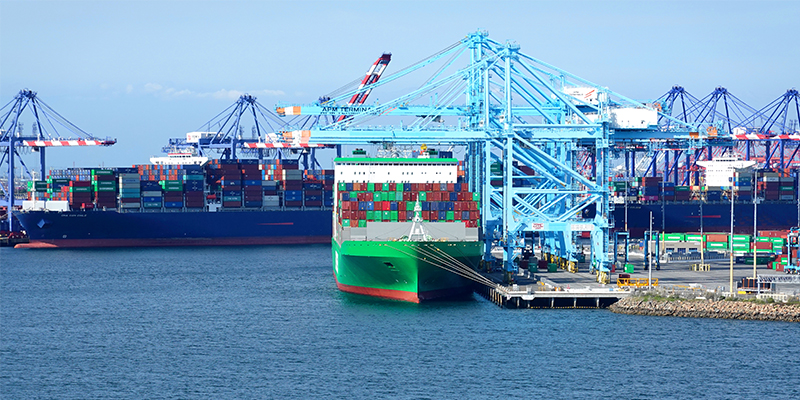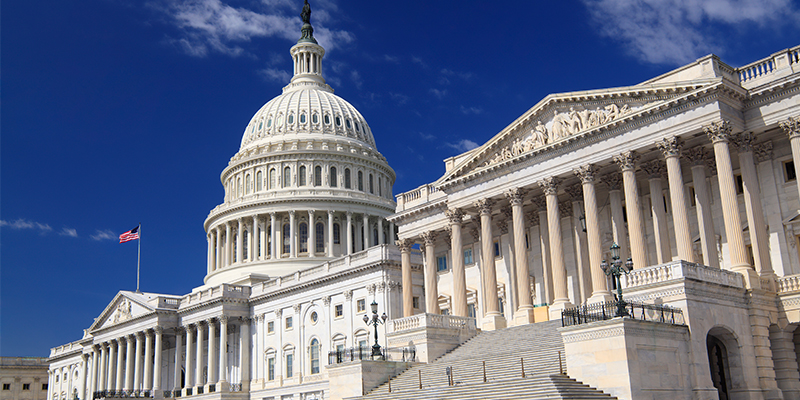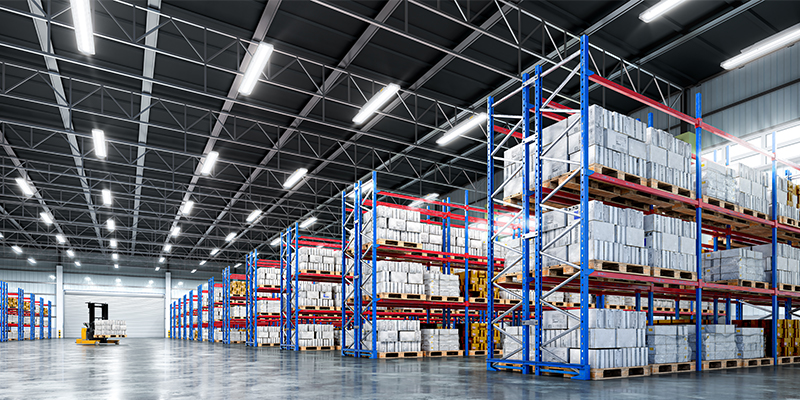By Shawn Moura, Ph.D.
The Trump administration’s tariff policy has unfolded rapidly and continues to evolve. Although the highest tariff rates on most U.S. trading partners have been paused for 90 days to allow time for trade negotiations, a flat 10% tariff remains in effect on most goods, and additional tariffs are expected on electronics, semiconductors and pharmaceuticals. When combined with previously announced tariffs on steel and aluminum, and the 145% tariff on most goods from China, the average effective tariff rate is the highest in more than a century. The dollar has declined in response to the tariff announcements, further increasing the effective cost of imported goods.
Much remains uncertain about where tariff rates will settle and just how disruptive they will be to the U.S. economy, but what we already know about the tariffs and other trade restrictions that have been announced allows for at least an initial outline of the potential risks they pose to the economy and the market for industrial real estate. The announced tariffs have been higher than most economists expected and are high enough to have a significant effect on supply chains, business decisions and consumer behavior.
Effects on the Economy Similar to a Supply Shock
As in a supply shock, the clearest effect of tariffs is an increase on the price of goods. And like a supply shock, tariffs are disrupting supply chains around the world. Since the announced tariffs vary substantially from country to country, it will take time for companies to re-orient their supply chains to the most cost-effective options. In the meantime, expect the volume of trade to slow significantly as businesses evaluate their options and defer major decisions – such as whether and where to lease industrial space – until there is greater clarity on where tariffs will land. Many will respond to higher costs and greater economic uncertainty by retrenching their activity, reducing import volumes and demand for industrial real estate. Some smaller companies that are reliant on imports from China or other highly tariffed goods will no longer be competitive and will close altogether.
Unlike a true supply shock, higher prices from tariffs will not lead businesses to scramble for additional inventory. Inventory levels were already higher from importers seeking a buffer against tariffs and are likely to trend lower. If companies have not fully worked out where they will get new supply when current inventory is exhausted, near-term shortages may contribute to higher prices, on top of price increases due to tariffs. Shortages may come sooner than expected if consumers rush to buy goods before prices fully adjust to the new tariffs. Disrupted supply chains may also contribute to near-term shortages and delayed deliveries of construction materials.
Impact Greatest on Smaller Port Markets
The NAIOP Research Foundation’s 2022 brief on how trade volumes affect demand for industrial space in port markets included a regression analysis that suggests that among the nine markets it evaluated, industrial real estate within 10 to 50 miles of the ports at Baltimore, Houston, New York and Savannah will experience the sharpest declines in occupancy in response to a decline in the volume of shipping containers they process.
On April 17, the U.S. Trade Representative announced that it will replace an earlier plan to assess fees on Chinese-built and Chinese-operated ships that would have been assessed per port of call with fees that will be assessed per voyage to the U.S. Smaller port operators may breathe a collective sigh of relief that shippers will no longer have an incentive to restrict trips to the largest ports. However, the per-ton fees will effectively lower shipping capacity to the U.S. by making shipments via Chinese carriers cost prohibitive. Increased shipping costs from the new fees and restricted capacity will further contribute to decreased shipping volumes, with larger effects on the industrial markets that are most reliant on port traffic.
Consumers Will Buy Fewer Goods
When prices go up, all else being equal, the physical volume of goods purchased by consumers should go down. Consumers have already spent through most of their pandemic-era savings, and additional spending from wage and employment growth is unlikely to match an increase in goods prices should tariff rates remain elevated this year. Consumers will likely respond to higher prices by devoting a smaller share of their monthly spending to goods purchases. Even if consumers continue to spend on goods at the same pace as in recent months, the physical volume of products sold is likely to decline since their dollars will not go as far.
Consumer confidence is already low, reflecting uncertainty about the economy. It seems probable that greater economic uncertainty resulting from the imposition of tariffs will contribute to a cautionary decline in consumer spending. About 50% of consumer expenditures are by the top 10% of earners in the U.S. If stock and bond prices remain depressed or decline further, it is likely to have a negative “wealth effect” leading to a decline in expenditures by affluent consumers. A decline in consumer demand could lessen the inflationary effects of tariffs, but risks are nonetheless higher for a stagflationary economic environment.








